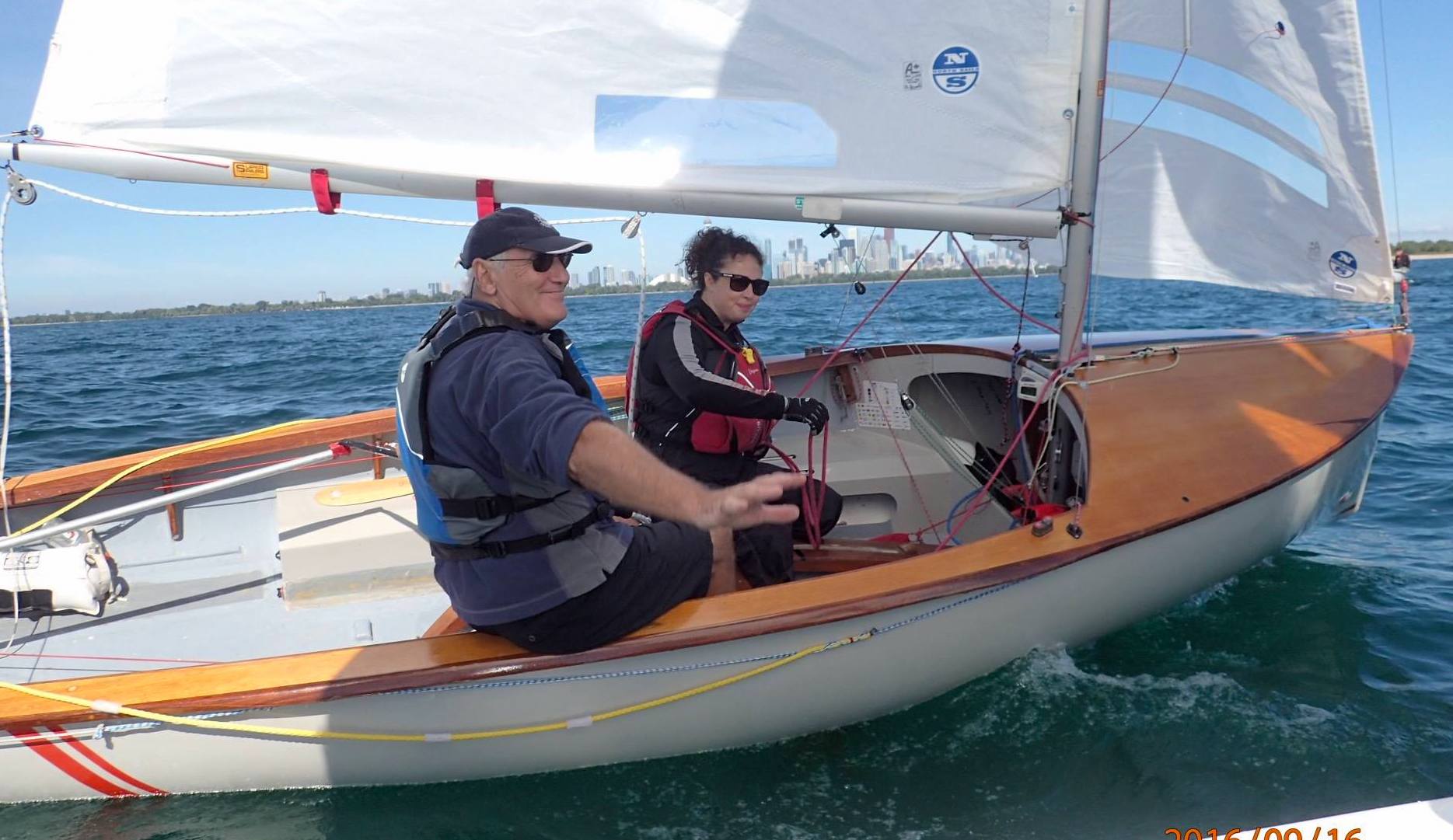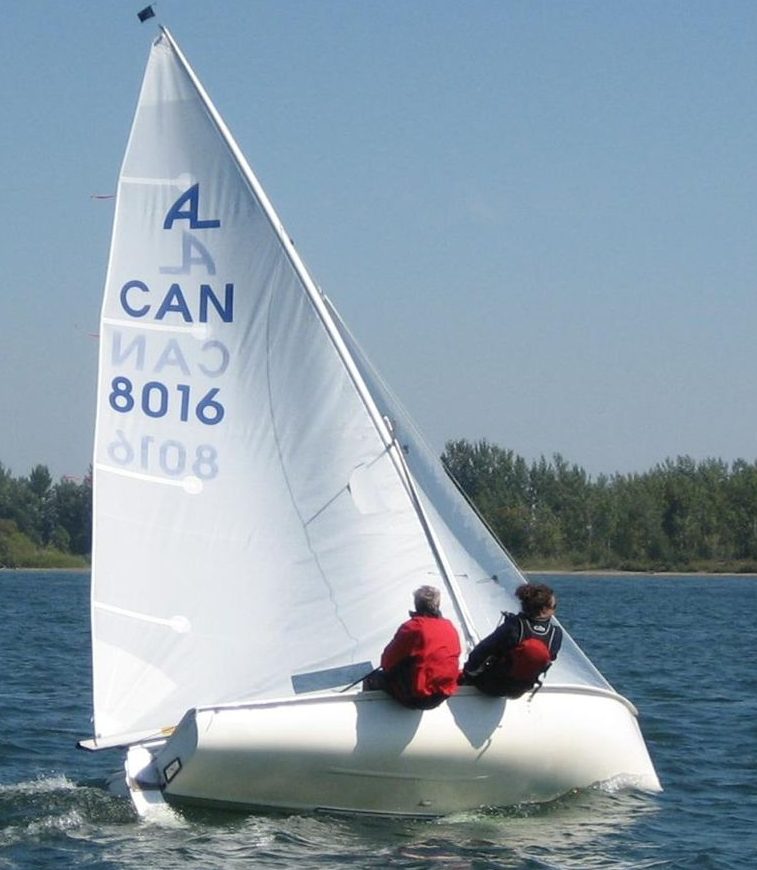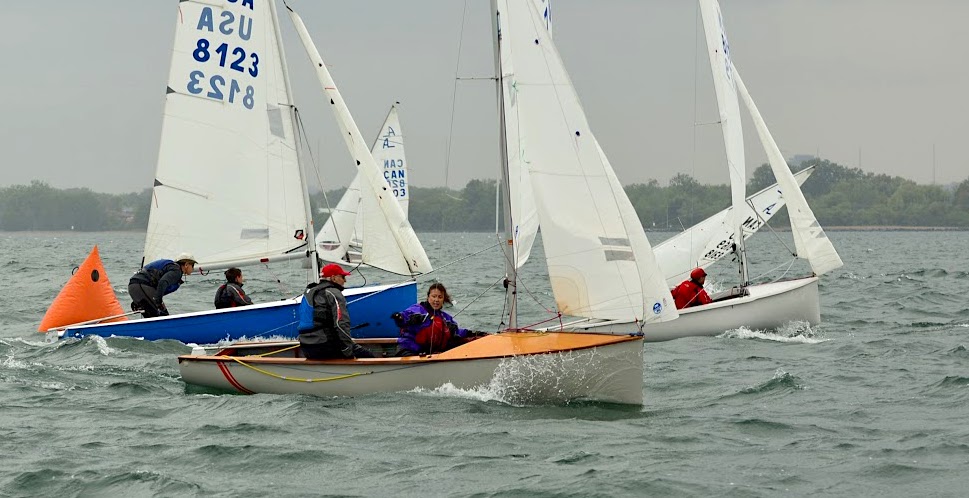Six Critical C’s by Cathyann White
Albacore Day Toronto – Outer Harbour, Saturday May 27th – All Welcome!
May 22, 2017
CAA Clinic – Introduction to Racing – June 25th!
June 12, 2017The Ontarios are coming up the weekend of June 10/11, at RCYC in Toronto and, later in the month, the CAA presents An Introduction to Racing, a day long clinic to be held in Toronto’s Outer Harbour, June 25. Two good reasons to prepare by taking a look at this piece by veteran crew, Cathyann White.
As always, I am very grateful to all of you who volunteer your time and knowledge to our community via this Blog. Please send articles my way – anything goes: words, pictures, videos, how-to’s!
Thanks also to those who, instead of racing in an event, take photos of them instead – these posts need you too!
And, don’t forget to subscribe if you haven’t already.
Tannis asked me if I might write an article about the elements of effective crewing- or positive crew/helm relations. While I think the relationship is complex, for the vibe of our publication I have tried to boil my thoughts down to 6 critical C’s – Cathyann’s elements for success.
1. Clarity
You, and the person you are sailing with, need to have some clarity about your individual and shared goals and priorities. I think this applies to long term sailing relationships, as well as pick up situations like Toronto’s Friday Night lottery pairings.
What are you up for? Your team? Why are you doing this? Do you have a big goal? Is that goal realistic? (Considering skill level, effort, competition, etc.) Are you both prepared to keep that goal in mind?
Once you are in the boat, same thing – establish a goal for the practice session or for the race and the pre-start. If you don’t know where you are going, you are likely to end up somewhere else.
And, especially for longer term sailing teams, people become frustrated when practice sessions get forfeited for other things in life. Sometimes we end up feeling like we need to re-set. Be clear and have these conversations periodically.

2. Complementary
No, I don’t mean you need to be showering each other with praise in the boat (although the occasional “thank you” or “great start”, “nice call”, “great rounding” never hurt anybody). I am talking more about figuring out how your specific strengths and skills can complement one another’s.
Nobody is great at everything and most research suggests multi-tasking is not as effective as focusing on one thing at a time. Sailing demands the integration of a lot of information and feedback from the wind, from the boat, from the fleet, on a constant basis. You have to take it all in, analyze it in an instant and apply it. Some of the best sailing relationships, I think, work well because the helm really can focus on driving and maximizing the speed of the boat if the crew is able to tune, call pressure and tactics and make decisions, or at least feed relevant and timely information to the helm, so they can make the decision without looking around. Small movements when you are craning to see behind you can make all of the difference in boat speed in some wind conditions.
Do you each know what your strengths are? Can you work to establish roles in the boat so you each complement one another’s skills for the best possible result? Can you establish what things you will both work on?
3. Consistency (Continuity)
Practice makes perfect – or at least it helps you get better. Time in the boat, trust and shared experience builds muscle memory and reliable execution that is hard to match. The best teams have invested time to practice. Time to create consistent systems.
For instance, how we approach a windward mark rounding is the same every time we do it: who does what, when we do that, who has what string, where can I count on your weight to be, can I trust you when this happens etc., etc. ).
Set your systems and you can focus on the next leg. The stuff you are doing is already done …this really give you an edge. If you are hopping into a boat for the first time with someone, chat on the way out: who will do what, how do you like to manage x or y, practice a rounding, practice a start line approach and acceleration to quickly develop a system. It really helps!

4. Communication
It seems obvious, but communication really is key. This applies to communication on the water and off. But, in the boat, it often pertains to what is useful information and what is not. It comes with time and practice, and it comes with some sense of preference.
Some people like it when the crew is directive, some prefer a recommendation “expect a header”, “recommend a tack”, “more pressure after the tack” type of thing. Knowing how/when to use the compass and when not to. Being able to be clear and succinct during a race is also important and is something else that takes practice. By the way, how many times has someone on a boat said something, and then had no idea if the message was received. “Traffic!”, “Watching 8161 – you are not through” … no response … and the message is delivered again, this time with more excitement, possibly shrieking? A simple “Understand…”,”Ok …” are good responses which keep everybody calm on board ☺.
And, please remember not to yell into the wind. Nobody can hear you – you must direct your voice at the other person. (I know … but honestly it happens all the time! “ What??”) Also while there might be some swearing and yelling when things get tense, which can be ok if both people are comfortable with that (p.s. I swear like a sailor in the boat), some people really do not respond well to it. Losing it in the boat really can turn a bad moment into a bad leg or a bad race, because people shut down and are so much less effective when they feel defensive or hurt or stupid. We all make mistakes. “My bad” or ”Sorry” are nice to hear once in a while. You really can choose how you communicate in the boat.

5. Compromise / Cold Boot /Carry on
There are moments in every relationship when we have to recognize that the less said the better. Bite your tongue ☺ and/or realize that hmmmmmm, Goal # 1 is now no longer feasible, so, what is Goal # 2? We have to compromise, we have to Cold Boot and we have to Carry On. A screw up? Ok, let’s try and believe nobody did that on purpose. Let’s let it go as quickly as possible and move on. Maybe once we are off the water we can debrief – both the good stuff and the bad and go from there.
Let’s also remember that there are no perfect people and there are no perfect relationships. We take the strengths and the opportunities that we each bring to the table and we do the best we can with them. Every day is different – some days you have it and some days you don’t.
Both sailors should get a VETO if the conditions exceed their perceived ability at any time. Safety first – absolutely requiring generous compromise in that moment to make a good decision. I think if you apply the first 5 C’s you are set up pretty well for this one.
So, there you have it. No doubt you already knew most of this; but we do forget it over the winter and through the season … and even during a tough race sometimes.
Complacency is the mother of mediocrity. Work on your relationship and I bet your results will improve – but more importantly you will have more fun in the boat!
